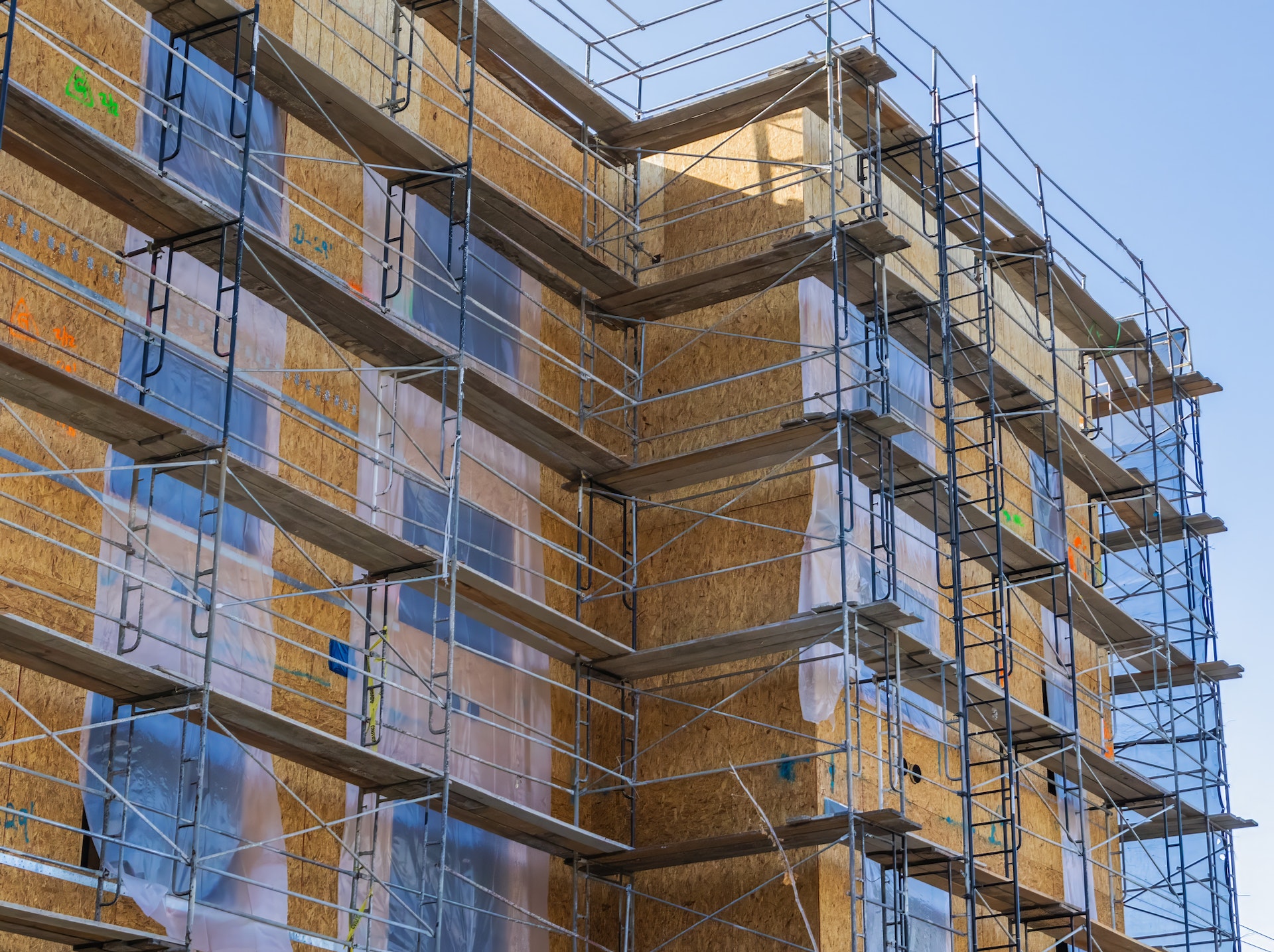While most of us tend to envision towering steel structures and sprawling concrete jungles when imagining urban landscapes, there is an unusual and promising material gradually emerging on the horizon: fungi. As surprising as it sounds, architects and scientists are fervently exploring the potential of mushrooms and their by-products to shape our future cities.
The Hidden Carbon Footprint of Buildings
It's a commonly known fact that vehicles, aviation, and single-use plastics are among the leading culprits of environmental degradation. Yet, the silent behemoth of carbon emissions remains the construction industry. A staggering 40% of global CO2 emissions are tied to the built environment, as per the International Energy Agency (IEA). This figure becomes even more alarming when considering that 11% of these emissions are solely from the production of common building materials such as steel, cement, and glass.
Thus, the challenge that lies before us isn't just about finding alternative construction methods but sourcing sustainable materials that can reduce the carbon footprint of every brick, bolt, and beam.
The Marvels of Mycelium
Enter mycelium, the intricate web of fungal threads found beneath mushrooms. This humble organism is slowly proving to be an architectural game-changer. Since 2007, mycelium has made its mark in creating eco-friendly packaging. Fast forward to 2014, and New York’s Museum of Modern Art was already exhibiting structures moulded from agricultural waste bonded together by mycelium.

The science behind it is simple: when combined with waste in a mould, mycelium feeds on it, solidifying the structure. These organic bricks not only offer a sustainable solution to construction but possess properties such as being self-healing and fully compostable.
An Evolution in Construction
Last month, at Clerkenwell Design Week, PLP Labs, a London-based research and design collaborative, unveiled modular blocks crafted entirely from mycelium. By harnessing 3D-printed wooden shells, these structures provided a glimpse of a sustainable, adaptable future.

Drawing inspiration from childhood, co-founder Ron Bakker likened their creation to Lego. The essence? Constructing demountable, customizable buildings that could be assembled, disassembled, and reassembled in myriad configurations. And while these structures are lightweight, they possess admirable fire resistance and insulation properties.
But the vision doesn’t stop there. The next step for PLP Labs? "Grow-at-home" kits, allowing users to grow and shape their homes and structures.
Concrete Concerns and the Need for Alternatives
While mycelium may be an up-and-coming material, it's essential to understand the urgency of replacing current construction materials, especially concrete. Consumed second only to water on our planet, the production of concrete is an environmental nightmare. From the 2.5 billion tonnes of CO2 emissions it generates annually to the depletion of sand resources, our reliance on concrete has far-reaching environmental consequences.
Forward-thinking scientists are already trying to amend this by infusing concrete with recycled materials, waste products, and even captured CO2, which could be safely ensconced within the concrete away from the Earth’s atmosphere.
Building a Greener Tomorrow
Combining advancements like CO2-infused concrete with innovative solutions like mycelium blocks could revolutionize the construction industry. It might sound far-fetched now, but the buildings of the future may well be grown from the ground beneath our feet. Through fungi foundations, perhaps we are on the brink of an eco-conscious architectural revolution, one that harmonizes human habitats with nature.
©GlobalCO2.uk

